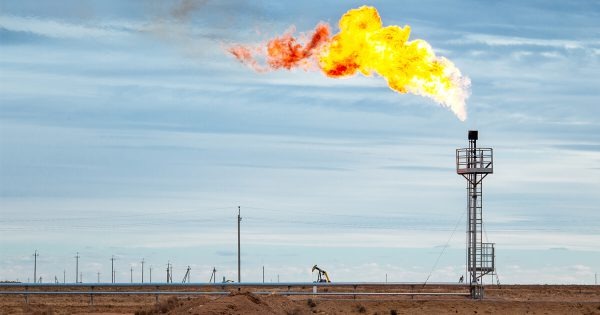As regulations tighten and ESG initiatives gain momentum in the oil and gas industry, addressing venting and flaring emissions becomes paramount for upstream operators. Venting releases natural gas into the atmosphere, while flaring involves controlled combustion.
The reason for venting is primarily operational. For instance, equipment leaks like oil tank hatches are left open, or venting from a well occurs when liquids are being unloaded. As for flaring, a classic economic reason is the lack of availability of pipelines to take the natural gas to market. An operational reason may be for routine or non-routine maintenance related to pressure release.
In the case of venting and flaring, however, complying with varying regulations and reporting standards can be challenging.
Enter IFS Merrick: A comprehensive solution tailored to streamline the management of venting and flaring. From field data capture to regulatory reporting, IFS Merrick simplifies the entire process, ensuring compliance with the most stringent regulations. This solution – included as part of IFS Merrick at no extra cost – enables precise capture of venting and flaring events, along with 13 pre-approved event codes, essential for compliance.
As is the case for most oil and gas regulations in the United States, the level of reporting required for vent and flare varies from state to state and agency to agency. There are rules set by the Environmental Protection Agency, the Bureau of Land Management at the Federal level, and then different rules for state agencies like the New Mexico Oil Conservation Division or the Texas Railroad Commission.
What is common among these reporting requirements is that historically, these emissions were often combined into one ‘Vent/Flare’ category. And the acceptable volumes and associated reasons were considerably looser than they are now.
For example, the state of New Mexico recently implemented distinct codes for venting and flaring events along with 14 acceptable potential reason codes for each event. Further, the state is directing operators to install specific types of equipment based on the type of well in place to reduce the possibility of venting and flaring.
The ESG initiative in New Mexico resulted from a months-long partnership with IFS involving the state’s top producers to satisfy a 41-page rule that regulates the venting and flaring of natural gas from wells, production equipment, and facilities. The solution has satisfied requirements from data capture in the field, through production accounting and on to a new regulatory form.
With IFS Merrick, operators eliminate reliance on error-prone spreadsheets and manual data entry, saving time and resources. The solution’s flexibility caters to operators of all sizes, empowering each to meet internal reporting requirements and codes. Plus, with ongoing collaboration and updates, IFS Merrick ensures operators stay ahead of evolving regulatory standards.
In an increasingly complex regulatory landscape, IFS Merrick offers a streamlined solution for venting and flaring compliance, allowing operators to focus on safe operations and compliance.
SOURCE: FUGE C. (2024, JUN 3). STREAMLINING VENTING AND FLARING COMPLIANCE WITH IFS MERRICK . IFS BLOG. https://blog.ifs.com/2024/06/streamlining-venting-and-flaring-compliance-with-ifs-merrick/

